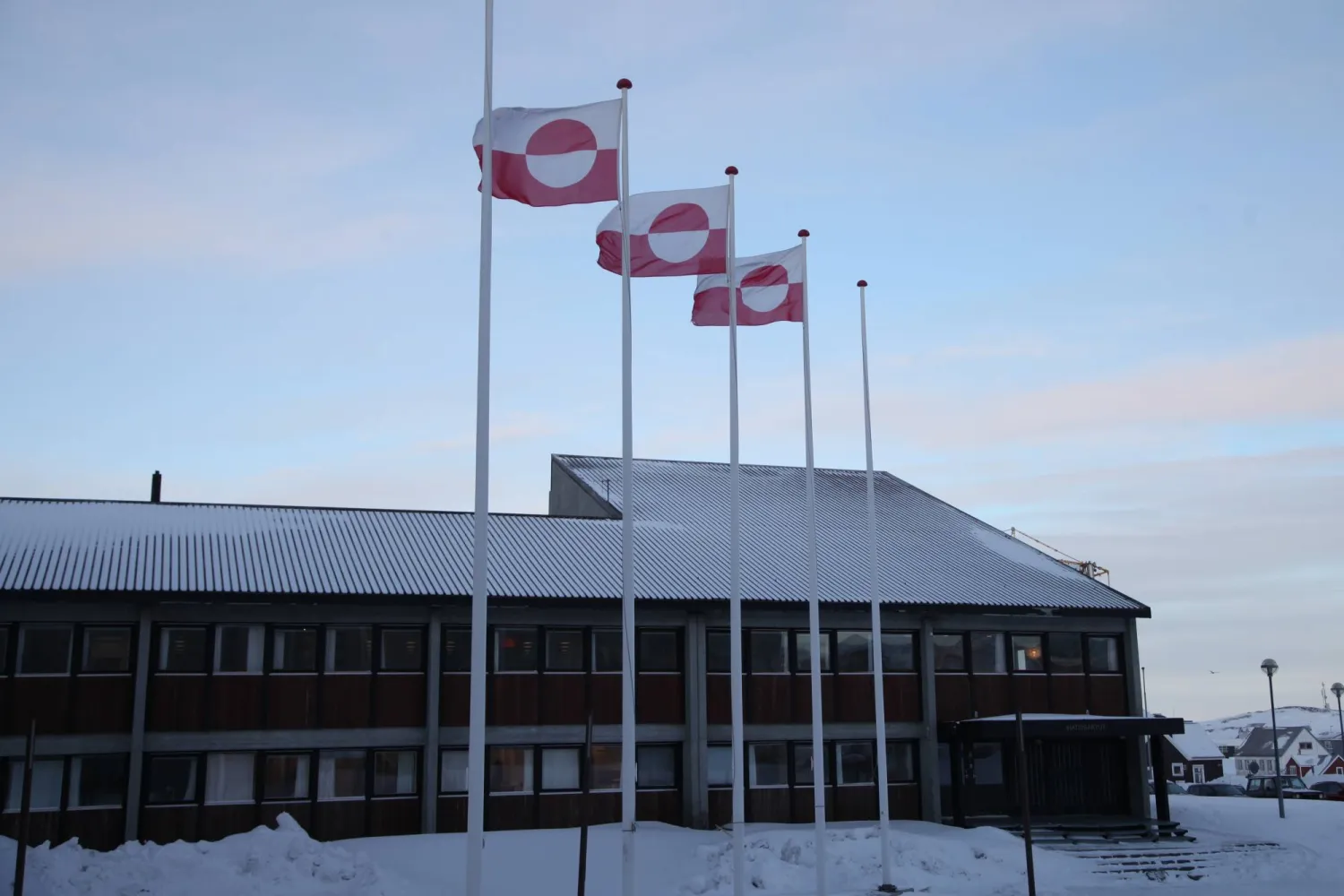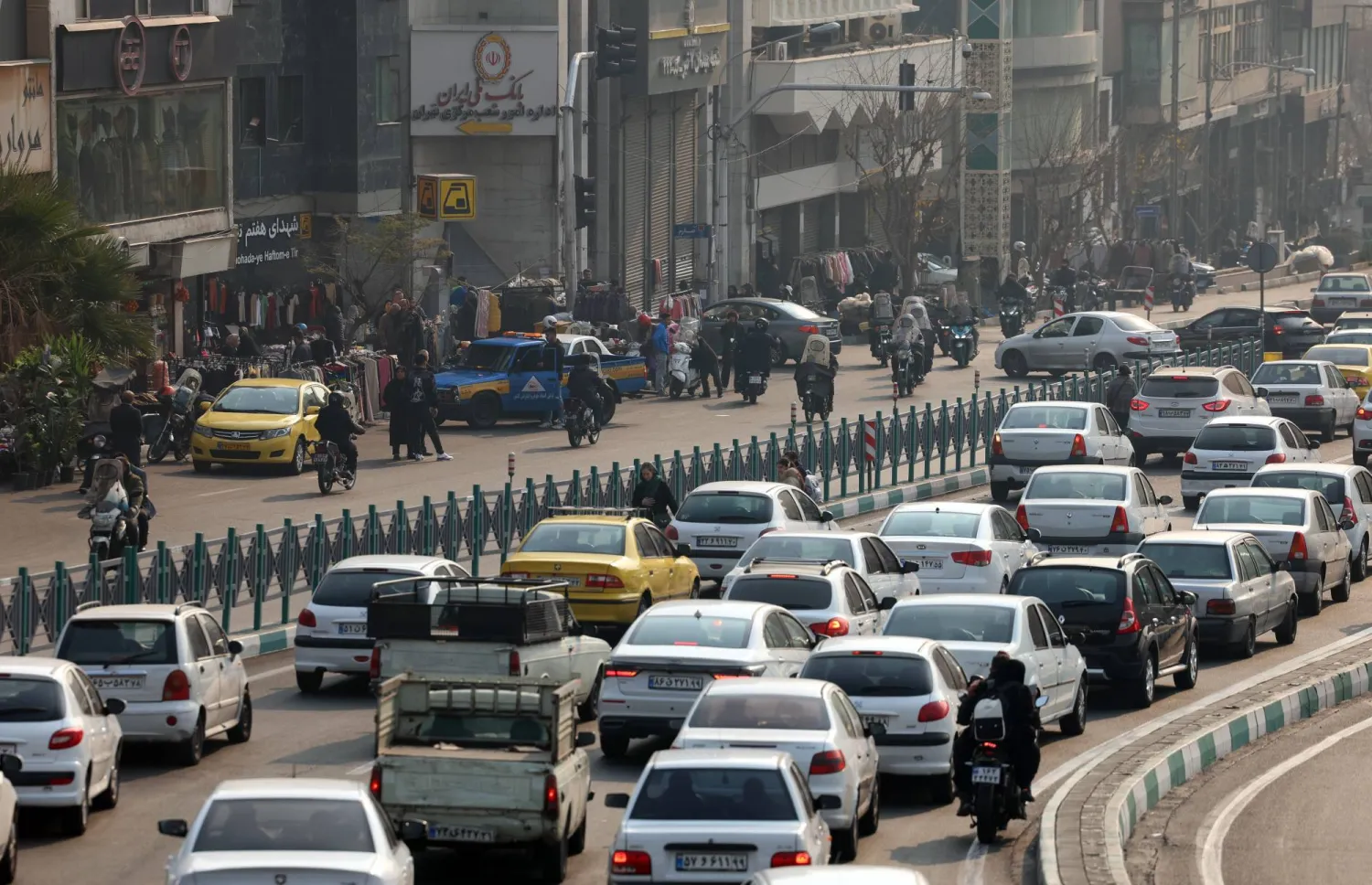In mid-2017, US forces launched raids on armed factions close to the Al-Tanf garrison in the Syrian desert. The attacks drew a red line and defined the rules of engagement between Washington and its allies on the one hand and Moscow and its partners on the other.
The question today is “what has changed?” to lead up to US forces and ally Syrian opposition factions getting attacked by drones on Wednesday evening.
Four years ago, US and Russian contacts agreed on a memorandum of understanding that prevented the two countries’ armies from colliding in Syria. According to the agreement, the Euphrates River would serve as a divider separating Russian and US forces.
East of the Euphrates, Manbij and its neighboring Aleppo countryside, and Al-Tanf would be marked as Washington’s territory, while west of the Euphrates and two security blocs in al-Hasakah and Qamishli would be left for Moscow and its allies.
The deal stood the test of time, especially as the US-led Coalition staged attacks against ISIS and Russia targeted opposition factions.
By the end of 2019, some field changes east of the Euphrates had resulted in then US President Donald Trump pulling US forces away from Syria’s borders with Turkey, leaving room for Ankara to wiggle its way into Tal al-Abyad and Ras al-Ayn.
This gave rise to new agreements between Washington and Ankara and between Russia and Ankara. These agreements aimed to coordinate complex military deployments at hand and prevent patrols and air forces from clashing under the new status quo.
With the start of 2020 and the US taking out Iran’s Quds Force commander, Qassem Soleimani, Syrian-Iraqi borders transformed into an arena for US-Iranian clashes and message exchange.
More so, Israel continued to pound Iranian sites near the borders to cut off the Tehran- Al Bukamal- Damascus – Beirut route conjured up by Iranian forces as an alternative for the Tehran- Baghdad – al-Tanf – Damascus-Beirut route blocked by US forces at Al-Tanf.
Iranians had been operating a military base at the border city of Al Bukamal.
What’s New Today?
After the US withdrawal from Afghanistan and the agreement to roll back US combat forces deployed in Iraq, pressure has been building up against US presence in Syria.
Factions aligned with Tehran, have more than once, hit US bases in the war-torn country. Turkish drones targeted Kurdish leaders in the US-backed Syrian Democratic Forces (SDF). At the same time, each of Russia, Turkey, Iran, and Syria stepped up political campaigns against the “illegitimate” presence of US forces in Syria.
In contrast, Washington sought, through secret contacts and visits, to reassure Kurds and allies in Syria.
Nevertheless, it became widely believed that US presence in Syria is not open-ended.
Despite the many and immense disputes between Moscow, Damascus, and Tehran on the one side and Ankara on the other, the four players come together over the need to pressure the US and Kurds east of the Euphrates.
Another factor in the equation is played by developments in the Israeli-Russian relationship. Since the first day of Naftali Bennett becoming Israel’s prime minister, Russian President Vladimir Putin raised the stakes involved in any airstrike against Syria.
The Russian-operated Khmeimim airbase has been openly publishing the details of how Syrian air defenses have been using Russian missiles to confront attacks. This has reduced Israel’s attack margins in Syria.
Bennett tried to inherit Netanyahu’s leverages with Putin. He wanted the same “free pass” Netanyahu had for bombing sites in Syria if they did not involve Syrians or Russians.
The new Israeli prime minister dispatched Foreign Minister Yair Lapid to restore the “military coordination mechanism” between Moscow and Tel Aviv.
Before every Syria summit with Turkish President Recep Tayyip Erdogan, Putin used to step up raids near Turkish-held positions in the Levantine country. Similarly, the recent escalation against the US’ Al-Tanf base came just before Bennett’s arrival to the resort city of Sochi to meet with Putin and discuss Syria and Iran’s presence there.
Prior to Bennett’s visit, Russia had prepared “rhetorical ammunition” to put pressure on Israel.
Khmeimim airbase published details of the latest Israeli bombing on the 14th of October with a focus on Al-Tanf.
According to the Russian airbase in Syria, an “Iranian base” at the T-4 airbase in Homs was attacked by “Israeli F-16 tactical fighters that entered Syria’s airspace through the US-controlled Al-Tanf area.”
It is widely believed that Al-Tanf provides logistical support for Israeli raids.
Therefore, Moscow has sought several times to dismantle the US-operated base.
Former US officials had tabled the possibility of dismantling Al-Tanf in negotiations with Russia, but they quickly took back this option in response to Israel’s demands. Even when Trump talked about withdrawing from Syria, it was clear that this would not include Al-Tanf.
With all that being said, it still doesn’t mean that Al-Tanf’s bombing was staged by Russia.
Major Russia-led changes have been happening in southern Syria. These changes included settlements that extended from west to north of the Daraa governorate. These agreements have rolled their way east, near Al-Tanf’s land borders, that has come to be known as the “55 km area.”
These “Russian settlements” are achieved through a public understanding with Jordan and a hidden one with Israel in the hope of reducing Iranian influence in the south.
It was remarkable that hours after targeting Al-Tanf, the Jordanian army announced the downing of a drone used in an attempt to smuggle drugs from Syria.
Although Putin and Bennet will be discussing what happened at Al-Tanf, two key players remain absent from the summit: Iran and the US.
Therefore, once again, Putin finds himself involved in searching for a recipe that balances antagonistic parties and competing interests.









